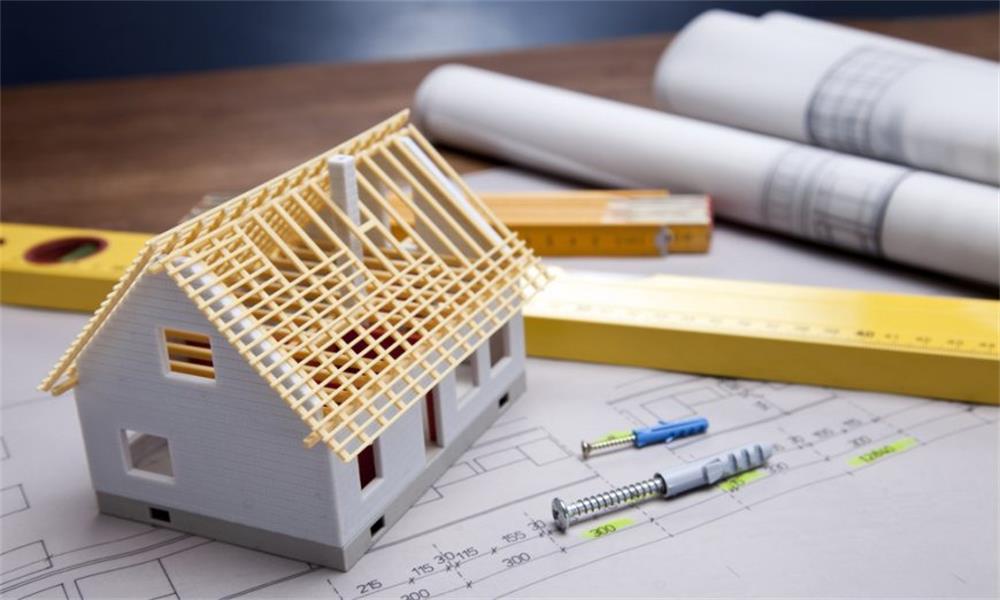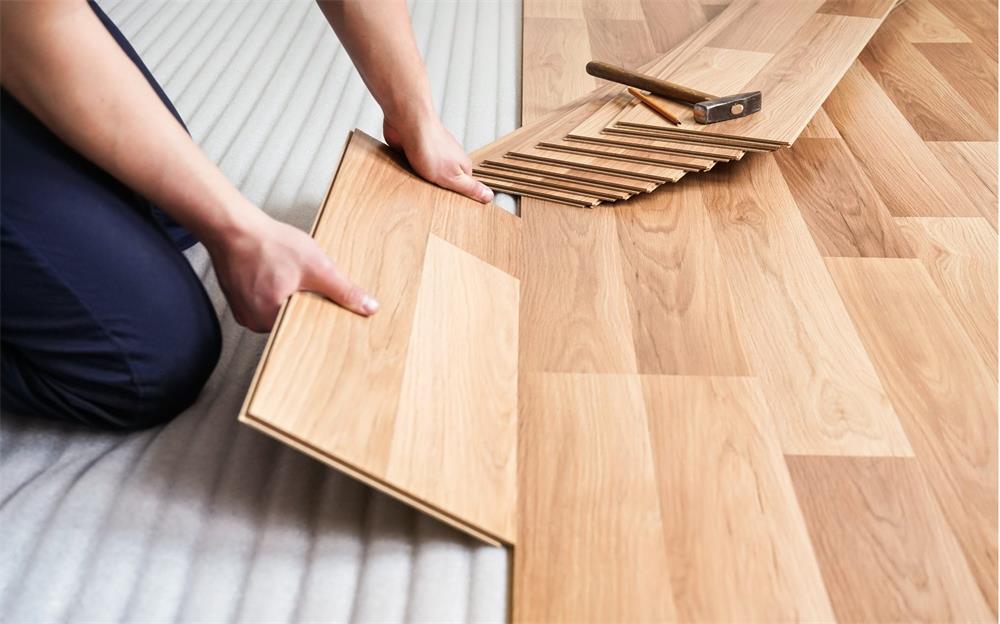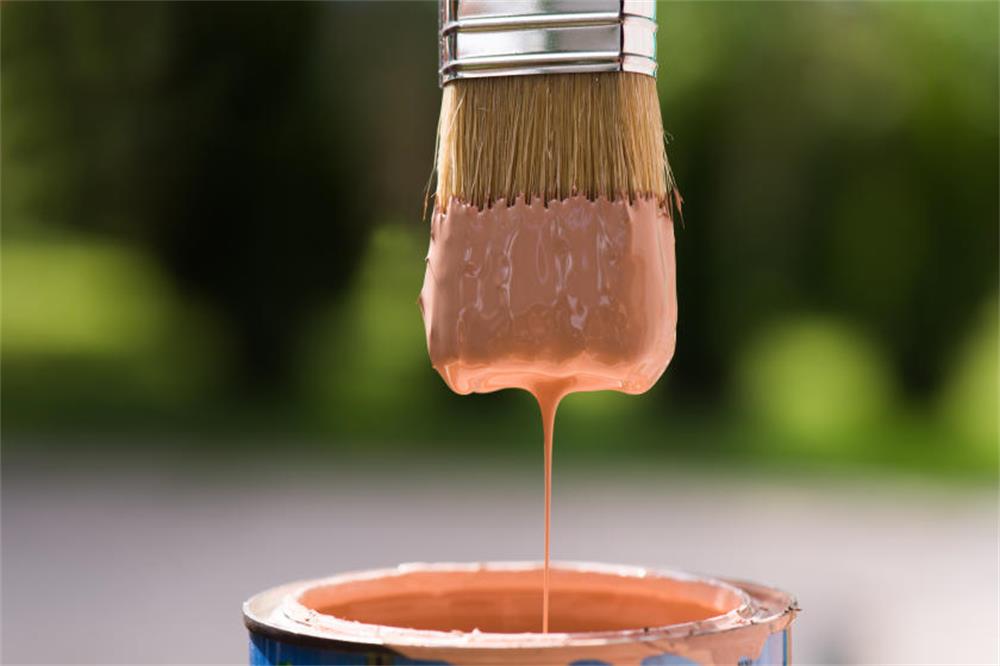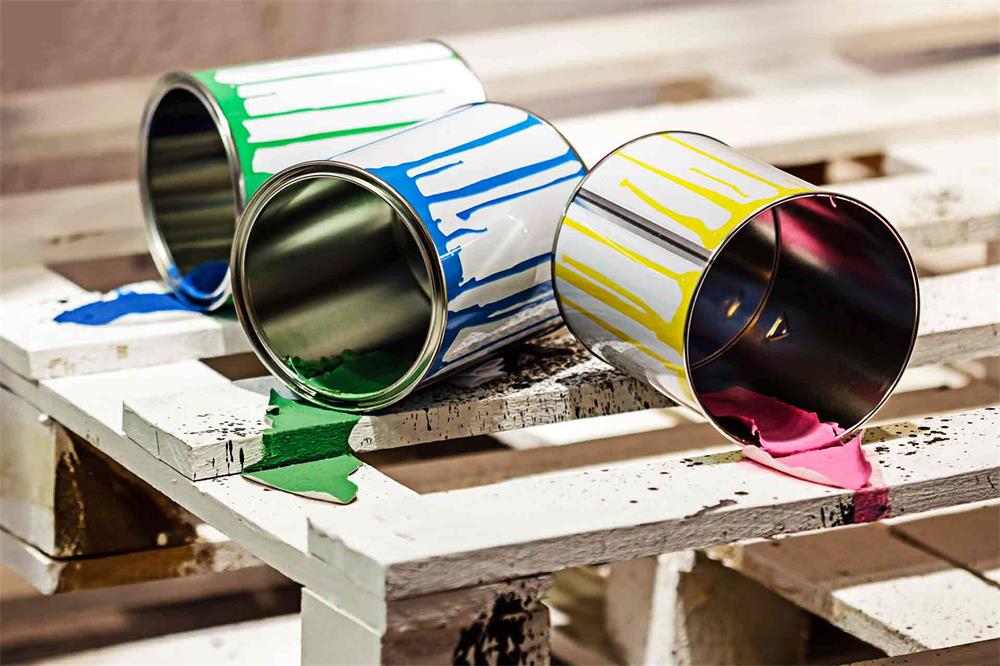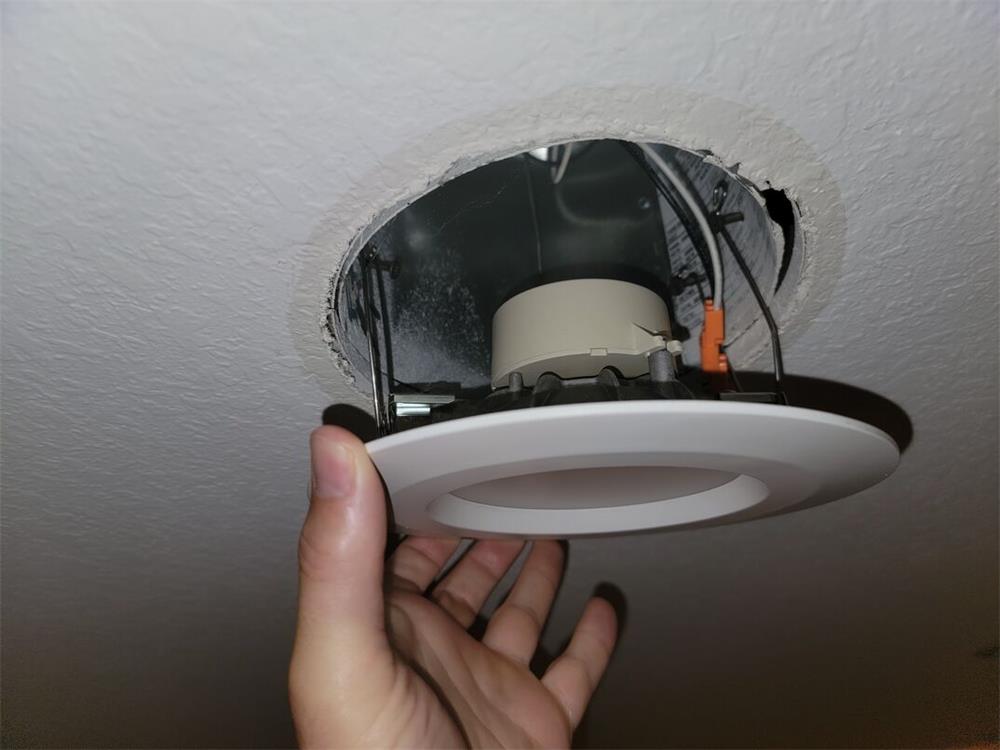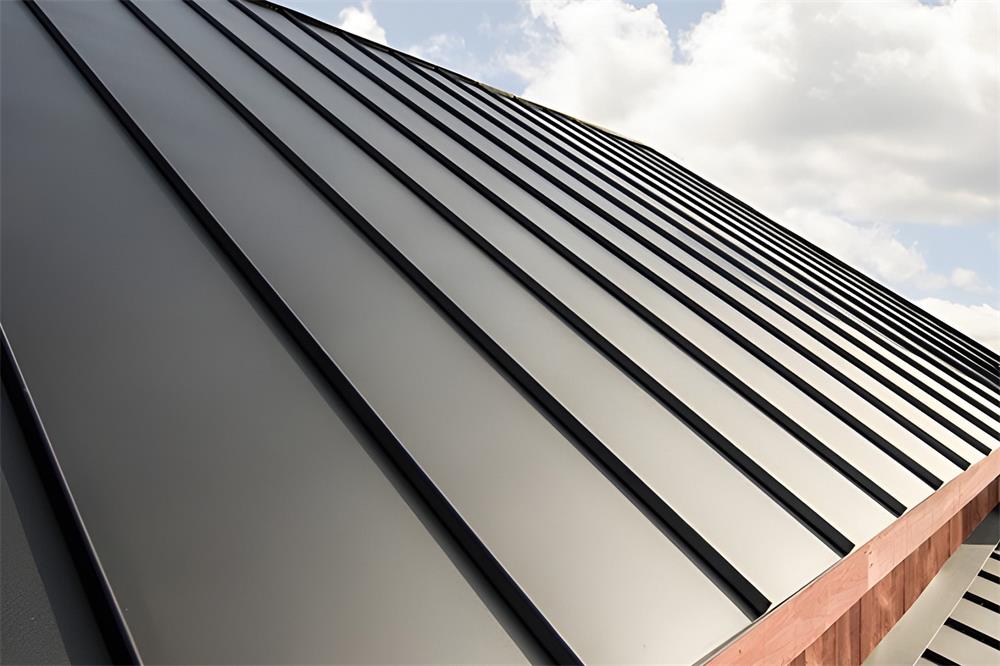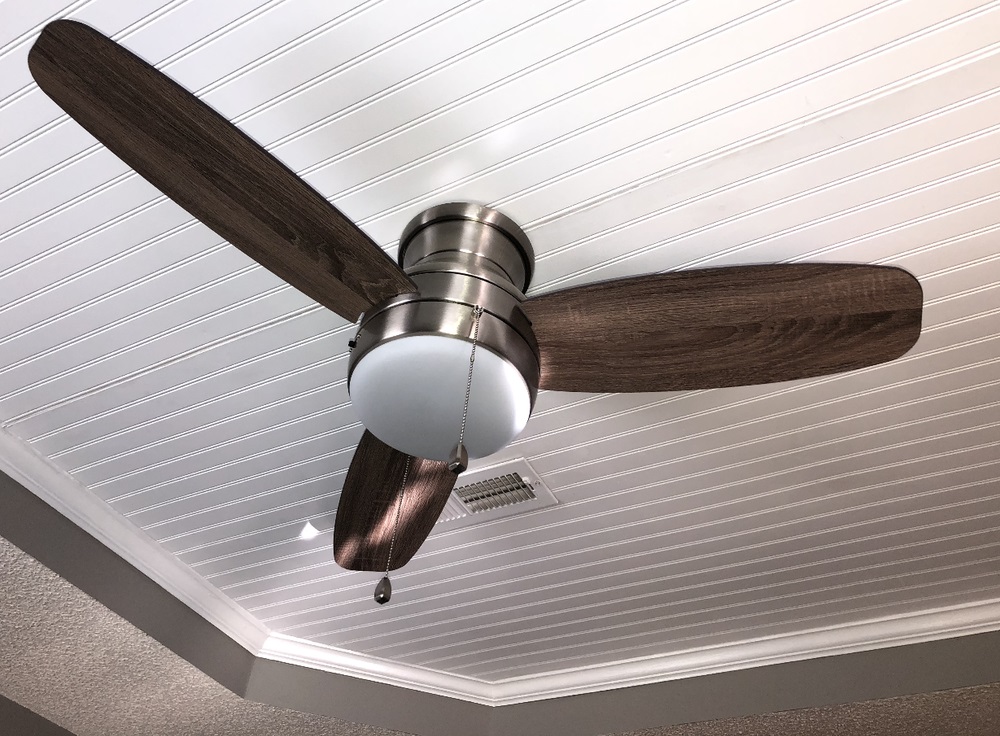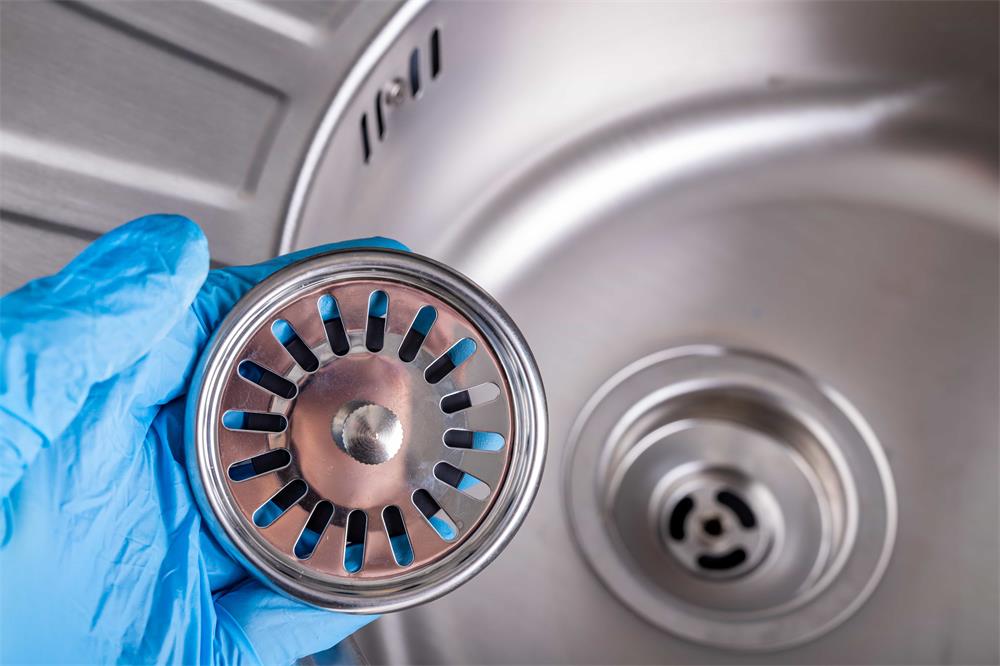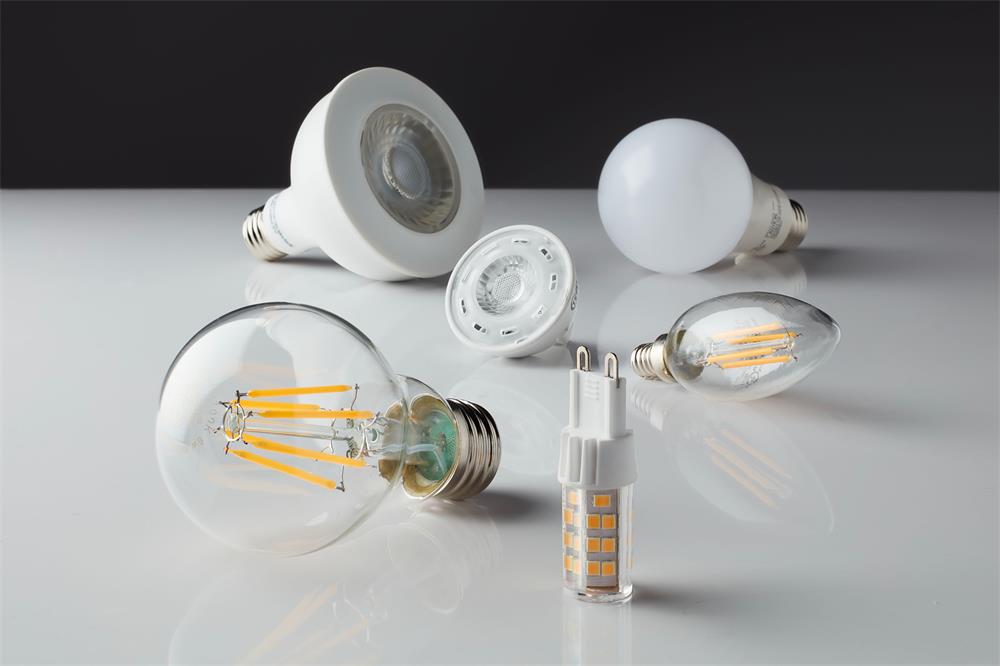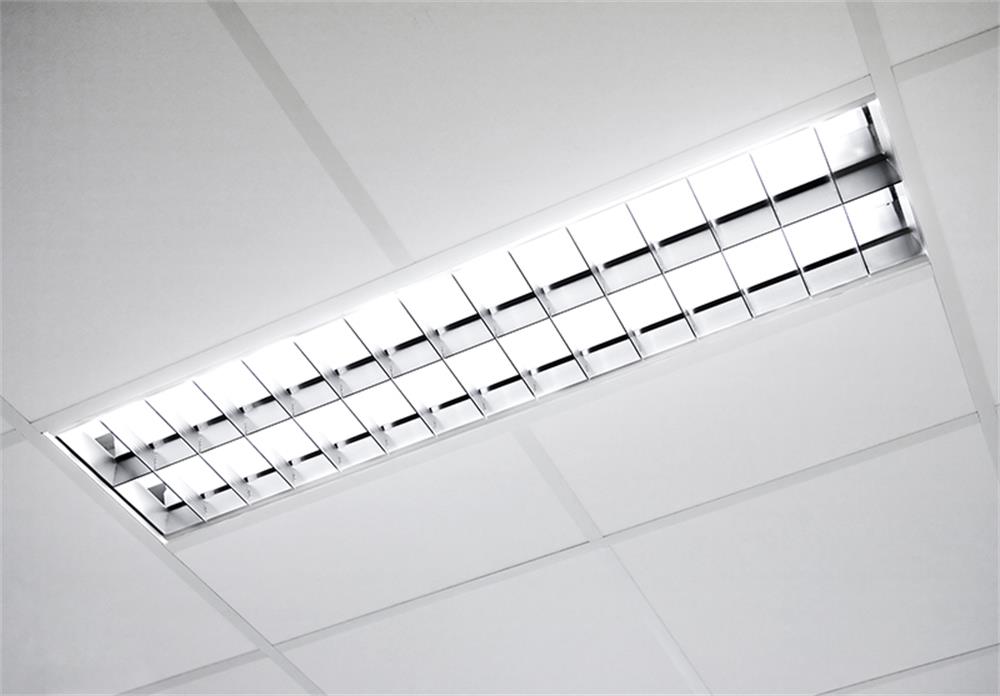Contents
Wallpaper can add color, texture and personality to your walls, but it can also become outdated, damaged or peeling over time. If you want to refresh your space with a new paint color or a different type of wallpaper, you’ll need to remove the old one first. Wallpaper removal is not that hard, but it does require some patience and elbow grease. Here are some steps to help you get rid of your unwanted wallpaper.
Identify the Type of Wallpaper and Wall
Before you start stripping the wallpaper, you need to know what kind of wallpaper and wall you have. This will determine the best method for removing the wallpaper without damaging the wall.
There are three main types of wallpaper: strippable, peelable and washable. Strippable wallpaper is the easiest to remove, as it comes off in large sheets without leaving any residue. Peelable wallpaper has a top layer that can be peeled off, leaving a paper backing that needs to be soaked and scraped off. Washable wallpaper has a vinyl or plastic coating that makes it resistant to water and stains, so it needs to be scored and steamed off.
To identify the type of wallpaper you have, use a putty knife to lift a corner of the paper and try to peel it off. If it comes off easily, you have strippable wallpaper. If it leaves a paper backing, you have peelable wallpaper. If it doesn’t budge or tears, you have washable wallpaper.
The type of wall you have also matters for wallpaper removal. Older homes (more than 50 years old) usually have plaster walls, which are more solid and durable than drywall. Drywall is a sheet of chalk-like material covered with cardboard that is used in newer homes. Plaster walls can withstand more scraping and moisture than drywall, which can get damaged easily.
To identify the type of wall you have, knock on it with your knuckles. If it sounds dull and solid, you have plaster walls. If it sounds hollow and soft, you have drywall.
Prepare the Area and Tools
Before you start removing the wallpaper, you need to protect your floors, furniture and electrical outlets from water and debris. Lay down a plastic tarp or drop cloth over the floor and tape it to the baseboards. Move any furniture away from the walls or cover it with plastic. Turn off the power to the room and cover any electrical outlets with painter’s tape.
You’ll also need some tools and materials for removing the wallpaper, depending on the type of wallpaper and wall you have. Here are some common items you may need:
- A putty knife or scraper for peeling and scraping off the paper
- A scoring tool for perforating washable wallpaper
- A spray bottle or pump sprayer for applying water or a removal solution
- A bucket for mixing water with vinegar or fabric softener
- A sponge for wiping down the walls
- A steamer for loosening washable wallpaper
- A garbage can with a liner for disposing of the paper
- A joint compound for patching any holes or cracks in the wall
- A primer for preparing the wall for painting or new wallpaper
Remove Strippable Wallpaper
If you have strippable wallpaper, you’re in luck. This type of wallpaper is designed to come off easily without any water or chemicals. All you need is a putty knife or scraper to lift an edge of the paper and peel it off in large sheets. Start from the top of the wall and work your way down, pulling the paper at an angle away from the wall. If the paper tears or sticks, use the putty knife or scraper to loosen it.
Remove Peelable Wallpaper
If you have peelable wallpaper, you’ll need to remove two layers: the top layer and the paper backing. To remove the top layer, use a putty knife or scraper to lift an edge of the paper and peel it off as much as possible. You may need to wet the paper slightly with a spray bottle or sponge to make it easier to peel.
To remove the paper backing, you’ll need to soak it with water or a removal solution until it’s saturated. You can use plain hot water or mix it with vinegar or fabric softener to make it more effective. Fill a spray bottle or pump sprayer with your chosen solution and spray it generously over the paper backing. Let it sit for 10 to 15 minutes until the paper is soft and wet.
Then, use a putty knife or scraper to scrape off the paper backing from the wall. Work in small sections and spray more solution as needed. Be careful not to gouge the wall with the putty knife or scraper.
Remove Washable Wallpaper
If you have washable wallpaper, you’ll need to score it first to allow water or a removal solution to penetrate the vinyl or plastic coating. Use a scoring tool to make small holes or cuts in the wallpaper, covering the entire surface of the wall. Don’t press too hard or you may damage the wall underneath.
Then, you’ll need to steam the wallpaper to loosen the adhesive. You can rent or buy a wallpaper steamer from a home improvement store or online. Fill the steamer with water and let it heat up according to the manufacturer’s instructions. Hold the steamer plate against the wall for 10 to 20 seconds, then move it to the next section. Use a putty knife or scraper to peel off the wallpaper as you go. You may need to repeat the steaming and scraping process several times until all the wallpaper is removed.
Clean the Walls
After removing all the wallpaper, you’ll need to clean the walls to remove any residue, glue or dirt. Use a sponge and warm water mixed with a mild detergent or dish soap to wipe down the walls. Rinse with clean water and let them dry completely.
If you have any holes, cracks or damage on the walls, you’ll need to patch them with joint compound and sand them smooth. Then, apply a primer to seal the walls and prepare them for painting or new wallpaper.
Enjoy Your New Walls
Congratulations! You’ve successfully removed your old wallpaper and transformed your walls. Now you can paint them with your favorite color or hang new wallpaper that suits your style. Enjoy your new look and feel proud of your DIY skills.


